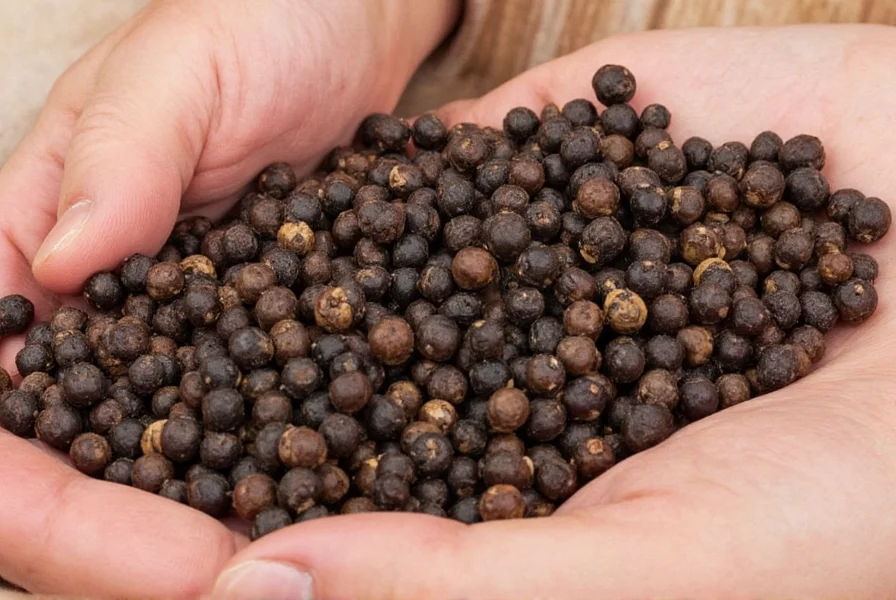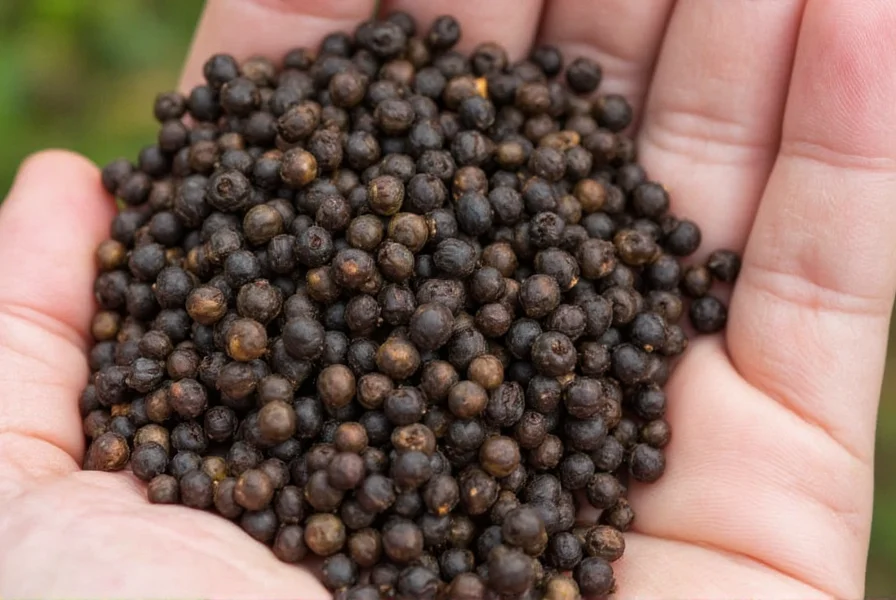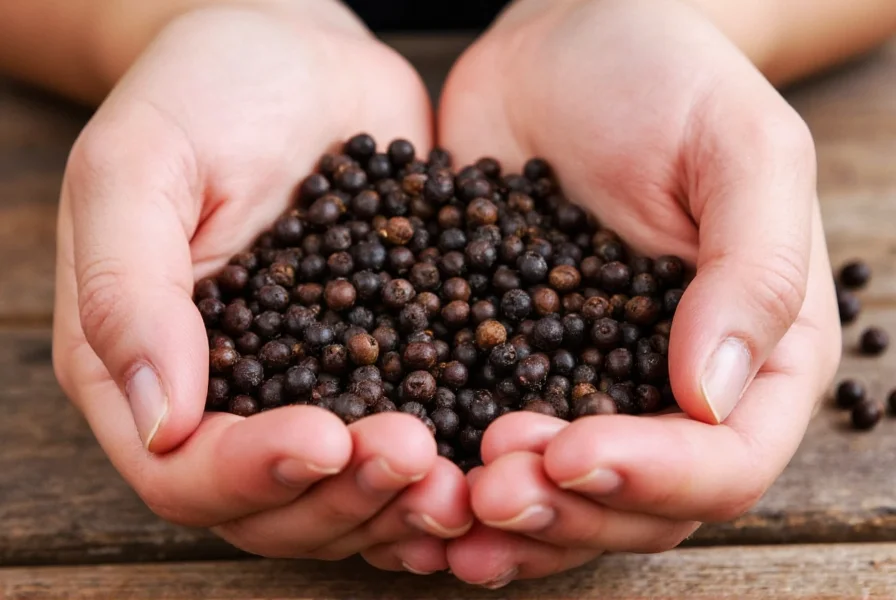Black pepper, often called "the king of spices," has shaped global trade routes and culinary traditions for millennia. Understanding where black pepper corns come from reveals not just a botanical story, but a rich historical journey that transformed this humble vine into one of the world's most traded spices.
The Piper Nigrum Plant: Botanical Origins
The black pepper corn is actually the dried fruit berry of the Piper nigrum plant, a perennial climbing vine belonging to the Piperaceae family. This tropical plant thrives in hot, humid climates with consistent rainfall, typically growing up to 15 meters high when supported by trees or poles. The vine produces small white flowers that develop into green drupes (berries), which turn red when fully ripe. These berries are harvested just before ripening to produce black pepper corns.
| Pepper Type | Processing Method | Flavor Profile |
|---|---|---|
| Black Pepper | Unripe berries sun-dried with outer layer intact | Sharp, pungent, complex heat |
| White Pepper | Ripe berries soaked to remove outer layer before drying | Milder, earthier, less complex |
| Green Pepper | Unripe berries preserved or freeze-dried | Fresh, herbal, milder heat |
| Red Pepper | Ripe berries dried with outer layer intact | Sweet, fruity, moderate heat |
Historical Journey of Black Pepper
The historical origin of black pepper corns can be traced to the Malabar Coast in southwestern India, particularly the region now known as Kerala. Ancient Sanskrit texts from 2000 BCE mention pepper trade, and by 100 CE, Indian merchants were exporting black pepper to the Middle East and Mediterranean regions. Roman naturalist Pliny the Elder documented the high value of pepper in ancient Rome, where it was sometimes used as currency.
During the Middle Ages, black pepper became so valuable that it was literally worth its weight in gold. The search for direct sea routes to India's pepper-producing regions motivated European explorers like Vasco da Gama, fundamentally altering global trade patterns. The term "peppercorn" entered legal language as a symbol of something of minimal value, ironically stemming from pepper's once-extraordinary worth.

Modern Black Pepper Production Regions
While black pepper originated in India, today's global production landscape has shifted significantly. Vietnam has become the world's largest producer of black pepper, accounting for approximately 34% of global production. Other major producers include:
- India (particularly Kerala, Karnataka, and Tamil Nadu) - historical origin and still significant producer
- Brazil - primarily in the state of Pará
- Indonesia - especially on the islands of Sumatra and Bangka
- Malaysia - mainly in Sarawak on Borneo
- Cambodia, Sri Lanka, and Madagascar - emerging production regions
Each region produces pepper with distinctive flavor profiles influenced by local soil conditions, climate, and processing methods. Indian Malabar pepper is known for its robust heat, while Vietnamese pepper tends to be more floral and less pungent.
From Vine to Spice: Harvesting and Processing
The process of transforming Piper nigrum berries into the black pepper corns we use involves precise timing and traditional methods. Farmers harvest the pepper spikes when about one-third of the berries have turned from green to yellow, indicating optimal maturity. These spikes are then spread on mats and sun-dried for 5-7 days, during which enzymatic reactions cause the outer layer to turn black and develop its characteristic pungency.
Modern processing sometimes uses mechanical dryers to accelerate the process, but traditional sun-drying produces more complex flavor compounds. After drying, the peppercorns are cleaned, sorted by size, and prepared for export. High-quality black pepper should have a uniform dark color, strong aroma, and minimal dust or foreign matter.

Cultural and Economic Significance
Black pepper remains one of the most widely traded spices globally, with annual production exceeding 500,000 metric tons. Its journey from ancient Indian forests to kitchen tables worldwide represents one of history's most enduring agricultural success stories. In traditional Ayurvedic medicine, black pepper has been used for digestive and respiratory health, while modern research suggests potential benefits from piperine, its active compound.
The global black pepper market continues to evolve, with increasing demand for organic and single-origin varieties. Sustainable farming practices are becoming more prevalent as producers recognize the importance of maintaining soil health in pepper-growing regions. Understanding where black pepper corns come from connects us to centuries of agricultural tradition and the ongoing story of this remarkable spice.











 浙公网安备
33010002000092号
浙公网安备
33010002000092号 浙B2-20120091-4
浙B2-20120091-4